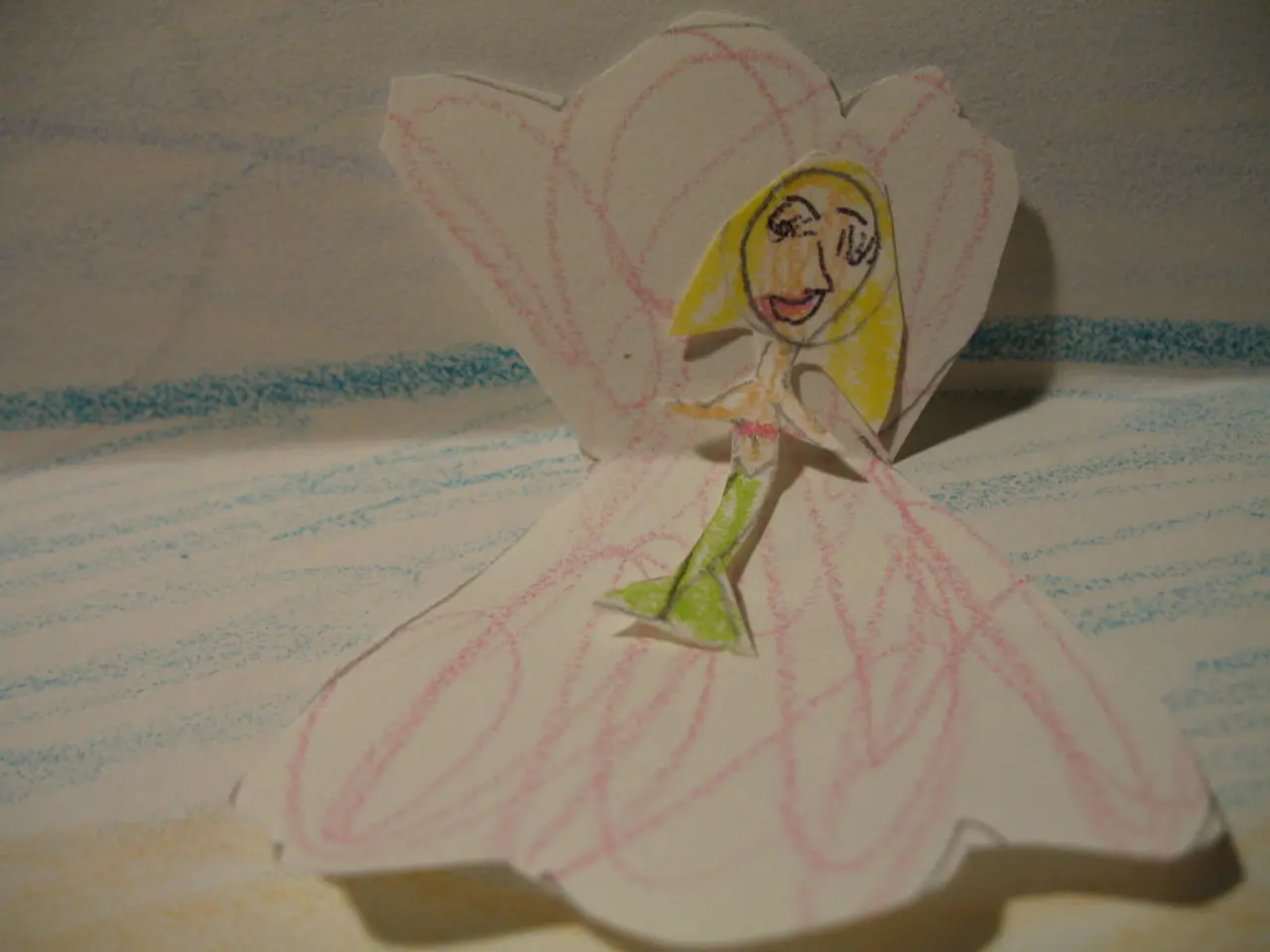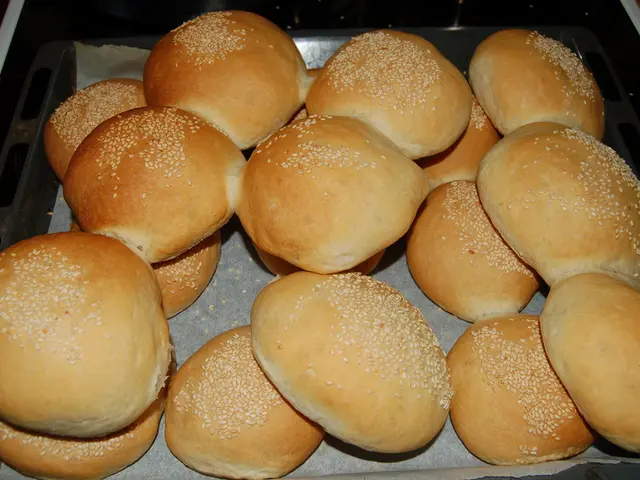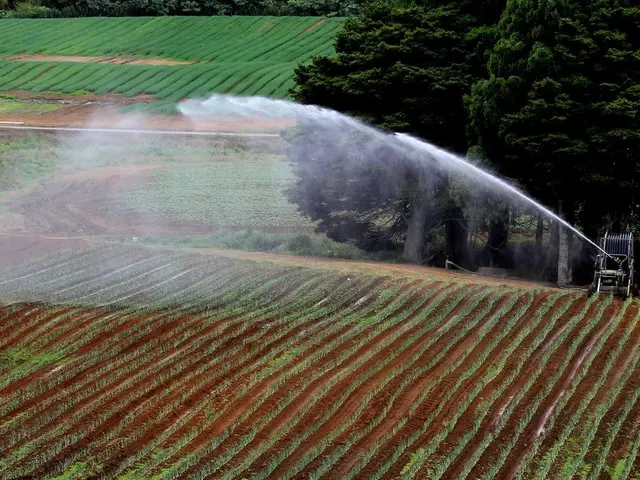Enhancing Fine Motor Skills and Education in Children through Artistic Collages
Cut and paste activities offer a fun and creative way for young children to learn while developing essential skills. Here are some age-specific ideas for toddlers, preschoolers, and kindergarteners.
Toddlers (around 2-3 years)
Simple cut and paste crafts that involve large, easy-to-handle pieces and basic shapes are perfect for toddlers. Activities focusing on basic tearing or sticking can help build motor skills. For instance, toddlers can color and cut out big shapes or simple figures to paste on paper, like a pumpkin or sun shape, without precise placement.
Preschoolers (around 3-5 years)
Thematic crafts that involve cutting out parts and assembling them are engaging for preschoolers. For example, children can create a witch cut and paste craft by cutting out parts of a witch (hat, face, eyes) and gluing them together to form a picture, helping scissor skills and creativity. Building your own crafts like dinosaurs or butterflies, which involve coloring, cutting out printed parts, and assembling them into a finished figure, are also popular.
Additionally, cut and paste letter worksheets can combine letter recognition and fine motor skills. Preschoolers can match uppercase/lowercase letters to pictures, helping them recognize letters and improve their scissor skills.
Kindergarteners (around 5-6 years)
Kindergarteners can participate in more complex sorting and classifying worksheets, which involve cutting out pictures and grouping them correctly. Activities that reinforce early math and thinking skills, like sorting by color, shape, or category via cut and paste tasks, can encourage visual discrimination and categorical thinking.
Community helper cut and paste worksheets can also be beneficial. Children can cut out labels and paste them beside the correct helper, identifying tools, workplaces, and transportation methods for each helper.
Materials Needed
Regardless of the age group, the materials needed typically include age-appropriate safety scissors, glue or glue sticks, colored crayons, markers, or color pencils (optional for coloring parts before cutting), and printable templates or themed worksheets.
Safety Considerations
For preschoolers (ages 3-5), choose scissors with metal blades but blunt tips and a spring-action. Children can begin with modified cut and paste activities around age 2, using tear-and-paste techniques before introducing scissors. Most children are ready to use safety scissors with supervision around age 3.
Working with small groups can facilitate better supervision. Safety scissors with blunt tips and plastic blades are suitable for the youngest children (ages 2-3). Using glue sticks can reduce mess during cut and paste activities. Standard child-sized scissors are appropriate for kindergarteners.
These activities progressively build fine motor skills, hand-eye coordination, scissor skills, visual discrimination, creativity, and early academic concepts suited to the child’s developmental stage. Adult supervision is essential, especially for toddlers and preschoolers working with scissors.






